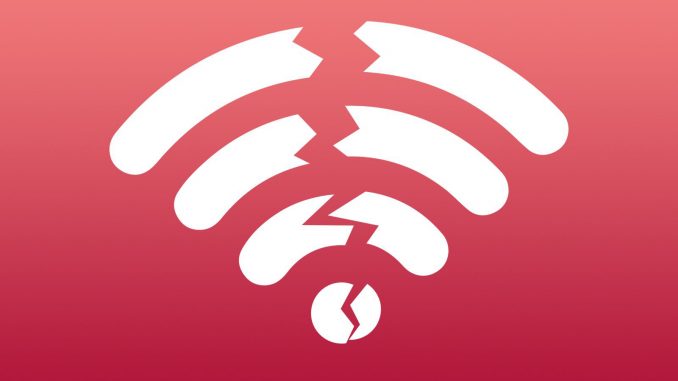
Self-isolation thanks to the coronavirus makes everyone much more dependent on the internet. But lots of families lack reliable access thanks to the “digital divide” between the internet service available where we live in contrast to the better service in wealthy neighborhoods.
About 28% of us have no internet service at home. The internet infrastructure in our neighborhoods can’t always carry the load of people trying to work from home while the kids try participate in remote classes from their schools. It’s all made more difficult since few of our homes have a computer for every family member who needs one.
People who only get the internet on a cell phone find that the tiny screens and keyboards make working remotely or keeping up with classes impossible. Using cell phones for the internet is frustrated by low speeds, unreliable connections and often, high costs and data caps.
Some of the companies who provide internet are bragging that for the duration of the virus crisis they are lowering their charges. But a lot of what their promising is limited by the “fine print.” None of their promises today help the fact these monopolies haven’t invested very much in high speed internet services in our neighborhoods. What we are experiencing today is just one more example of big companies putting profits before people.
Featured image credit: Open Media




